Text
What are the haircuts?
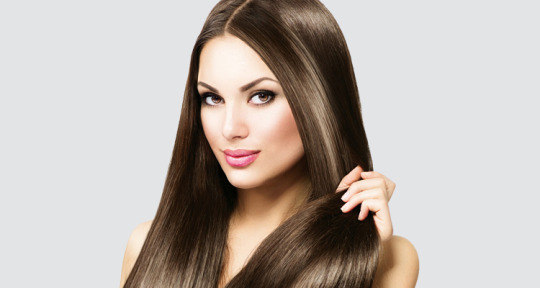
There are numerous haircut styles, each with its own unique characteristics and suitability for different face shapes, hair types, and personal preferences. Here are some common haircut styles:
Bob: A classic haircut that's typically chin-length or shorter, with even ends. Variations include the short bob, long bob (lob), asymmetrical bob, and A-line bob.
Pixie Cut: A short and cropped haircut that's close to the scalp. It can be styled in various ways, including textured, spiky, or sleek.
Layered Cut: Involves cutting different lengths of hair to create layers, adding texture and movement.
Shag Cut: A layered haircut with choppy ends and a relaxed, messy look. It's known for its retro and rock 'n' roll vibe.
Crew Cut: A very short cut typically associated with men, where the hair is cut very close to the scalp.
Fade: A popular men's haircut that involves tapering the hair from short at the neckline to longer on top. Types of fades include high fade, low fade, and skin fade.
Undercut: A style where the sides and back are cut very short or shaved, while the top remains longer.
Mohawk: Hair is shaved or very short on the sides, with a strip of longer hair down the center.
1 note
·
View note
Text
How do I choose my haircut style?
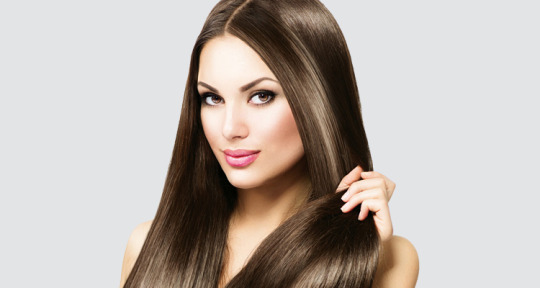
Choosing a hair cutting style involves considering various factors, including your face shape, hair type, lifestyle, personal preferences, and current trends. Here's a step-by-step guide to help you choose a haircut style that suits you:
Assess Your Face Shape
Determine your face shape (round, oval, square, heart, long, diamond, triangular) to identify styles that are known to flatter your features.
Consider Hair Texture
Your hair's natural texture (straight, wavy, curly, coily) plays a role in how a haircut will look. Some styles work better with certain textures.
Think About Lifestyle
Consider how much time you're willing to spend styling your hair each day. Choose a style that aligns with your routine and preferences.
Research and Gather Inspiration
Look for inspiration from magazines, social media, and online resources. Save pictures of haircuts you like to show your stylist.
Consult with a Professional Stylist
A professional stylist can provide expert advice based on your face shape, hair texture, and lifestyle. They can also offer insights into how a certain style might look on you.
Consider Maintenance
Think about how often you're willing to visit the salon for trims and upkeep. Some styles require more frequent maintenance than others.
Think About Color
If you're considering a new hair color along with your haircut, ensure that the color complements your skin tone and overall style.
Try Virtual Makeover Tools
Some websites and apps offer virtual makeover tools that allow you to try on different haircuts virtually before making a decision.
2 notes
·
View notes
Text
How do I choose my haircut according to my face shape?
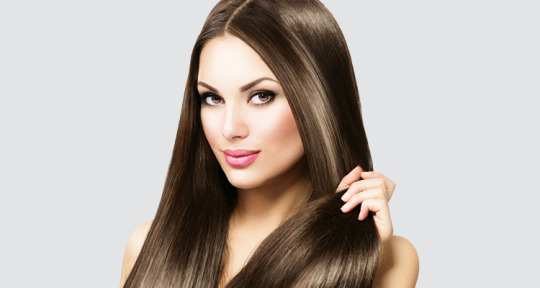
Choosing a haircut that complements your face shape can enhance your overall appearance. Here's a guide on how to choose the right haircut for your face shape:
Identify Your Face Shape
Determine whether your face shape is round, oval, square, heart, or long. Stand in front of a mirror and use a washable marker to trace the outline of your face on the mirror, then step back and identify the shape.
Round Face
Best Haircuts: Hairstyles that add height on top and have some length at the sides. Layered cuts, long bobs, and side-swept bangs work well.
Avoid: Avoid short and rounded cuts that emphasize the roundness.
Oval Face
Lucky You! Oval faces suit a wide variety of haircuts, from short to long. Experiment with different styles and textures.
Square Face
Best Haircuts: Soften the angles with layered cuts, long waves, or textured bangs. Shoulder-length hairstyles can work well too.
Avoid: Extremely blunt or angular cuts.
Heart Face
Best Haircuts: Hairstyles that balance the wider forehead and narrower chin. Chin-length bobs, side-swept bangs, and layers around the chin are good choices.
Avoid: Heavy, full bangs or very short cuts that accentuate the forehead.
Long Face
Best Haircuts: Add width to the face with chin-length bobs, layered cuts, and fringes. Waves and curls can also help add volume.
Avoid: Extremely long, straight styles that elongate the face further.
Diamond Face
Best Haircuts: Hairstyles that minimize the width at the cheekbones. Chin-length bobs, side-swept bangs, and layered cuts work well.
Avoid: Excess volume at the crown, as it can make the forehead and chin look narrower.
Triangular Face
Best Haircuts: Balance a wider jawline with haircuts that add volume at the crown and some width around the forehead. Layered styles with volume on top work well.
Avoid: Extremely short styles that emphasize the jawline.
0 notes
Text
Which course is best for hair stylist?
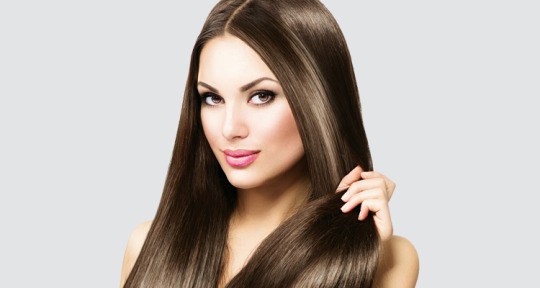
The "best" course for becoming a Hair Stylist course can depend on various factors, including your location, budget, career goals, and the level of expertise you're seeking. Here are some options to consider:
Cosmetology School
Enrolling in a reputable cosmetology school is a common route for becoming a licensed hair stylist. Cosmetology programs often cover a wide range of beauty-related skills, including hair cutting, coloring, styling, and more.
Barbering School
If you're interested in focusing primarily on men's grooming and haircuts, a barbering school might be more suitable. Barbering programs tend to have a stronger emphasis on clipper cutting, fades, and traditional men's hairstyles.
Online Courses
Many online platforms offer courses and tutorials for aspiring hair stylists. While these might not provide hands-on practice, they can be useful for supplementing your knowledge and learning at your own pace.
Apprenticeships
Working as an apprentice under an experienced hair stylist can provide valuable hands-on training. This can be a great way to learn the practical aspects of the job while gaining real-world experience.
Specialized Workshops
Look for workshops or short-term courses that focus on specific techniques or trends within the hairstyling industry. These can be beneficial for expanding your skill set.
0 notes
Text
What are basic haircutting techniques?

Certainly, here are some of the basic haircutting techniques classes that form the foundation for various haircuts:
Blunt Cut
This involves cutting the hair straight across at an even length. It's a basic technique often used for classic styles and to create a neat and uniform look.
Layering
Layering involves cutting different lengths of hair within the same section. This technique adds texture, movement, and volume to the hair. It's used to create various styles and can suit different hair types.
Texturizing
Texturizing is used to reduce bulk and create a softer look. It involves cutting into the ends of the hair using Hair cutting techniques like point cutting or notching. This technique is particularly useful for thick or heavy hair.
Thinning
Thinning is the process of removing some hair strands to reduce thickness and volume. Thinning shears or texturizing shears are used for this technique, and it's often used on very thick hair.
Graduation
Graduation involves cutting the hair at a slight angle to create layers that stack upon each other. This technique is commonly used in shorter styles like bobs and pixie cuts.
Scissor Over Comb
This technique involves holding a section of hair with a comb and then using scissors to cut the hair along the comb's edge. It's a versatile technique for achieving even lengths.
Clipper Cutting
Clippers are used to create precise and short haircuts. Clipper cutting is often used for buzz cuts, fades, and other closely cropped styles.
Razoring
Razoring involves using a razor tool to cut the hair, resulting in a textured and softer look. It's often used to create movement in longer hairstyles.
0 notes
Text
What are the techniques of hair cutting?
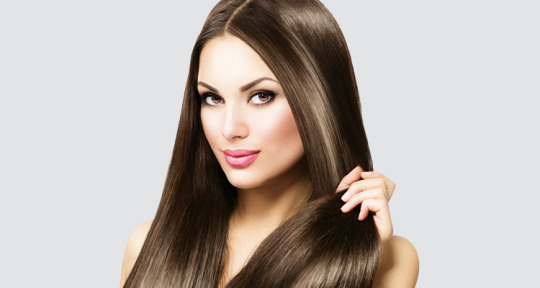
Hair cutting course It involves various techniques that hairstylists use to create different styles and effects. Here are some common hair cutting techniques:
Blunt Cut: Cutting the hair straight across to create a uniform length. This technique is often used for classic styles and bobs.
Layering: Creating layers of different lengths within the hair. This adds texture, volume, and movement to the hair.
Texturizing: Adding texture to the hair by using techniques like point cutting, where the tips of the scissors are used to cut into the hair, creating a softer and less uniform look.
Thinning: Reducing the bulk of thick hair by using thinning shears to cut some of the hair strands shorter than others.
Razoring: Using a razor tool to cut the hair, which creates a softer and more textured effect.
Graduation: Creating a graduated effect by cutting the hair at different angles, often used for stacked or layered styles.
Undercut: Cutting the hair shorter in certain sections, usually underneath the top layer, to create contrast and a bold look.
Fringes and Bangs: Cutting shorter sections of hair at the front of the head to frame the face. There are various fringe and bang styles, such as straight-across, side-swept, and curtain bangs.
0 notes